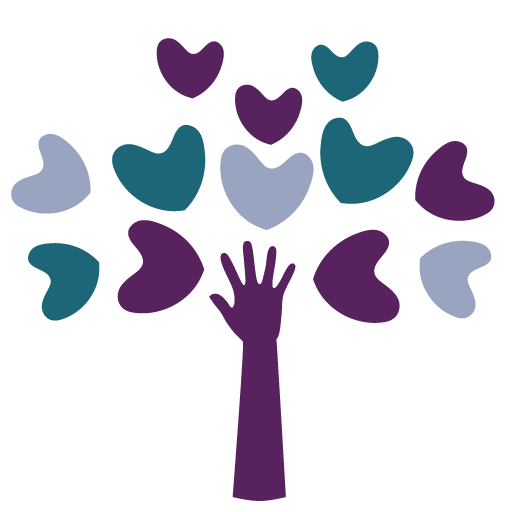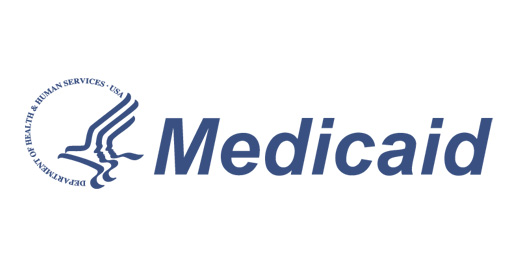
Every year, Safer Internet Day reminds us that we all have a role in making the Internet a safer place—especially for kids. Held on the second Tuesday of February, this global event brings parents, teachers, and organizations together to help kids navigate the online world safely and positively.
Since it coincides with Children’s Mental Health Week, it’s the perfect time to reflect on how digital experiences impact kids’ emotions, self-esteem, and overall well-being. With so much of their social and educational lives now online, it’s crucial to ensure that their digital interactions are safe, constructive, and affirming.
Why Online Safety Matters for Kids
The internet opens up a world of learning and creativity, but it also comes with risks like cyberbullying, exposure to harmful content, and privacy threats. In today’s digital age, helping kids develop smart and safe online habits is just as crucial as teaching them to read and write.
Common Online Safety Risks:
- Cyberbullying: Hurtful messages and online harassment can take a toll on kids’ confidence and mental health.
- Inappropriate Content: Kids may come across disturbing or misleading information that shapes their understanding of the world.
- Privacy Concerns: Young users may unknowingly share personal details that put them at risk.
- Too Much Screen Time: Excessive internet use can contribute to stress, anxiety, and sleep problems.
How We Can Support Children’s Digital Well-Being
As parents, educators, and caregivers, we can guide children toward a healthier relationship with the Internet. Here’s how we can help:
1. Create a Safe Space for Open Conversations
Encourage children to talk about their online experiences without fear of judgment. Ask questions like, What do you enjoy most online? Have you ever seen something that made you uncomfortable? These conversations build trust and help them feel safe coming to you with concerns.
2. Establish Healthy Digital Boundaries
Setting screen time limits isn’t just about reducing tech use—it’s about promoting balance. Encourage time for offline activities like art, sports, and reading to support emotional regulation and mental clarity.
3. Teach Emotional Resilience in the Digital World
Help children recognize their emotions when they encounter negativity online. Teach them coping strategies such as mindfulness, taking breaks, and talking to a trusted adult when they feel overwhelmed.
4. Encourage Positive Digital Citizenship
Foster a mindset of kindness and responsibility online. Talk about how words and actions affect others, and encourage children to contribute positively—whether that’s through uplifting comments or reporting harmful content.
5. Model Healthy Tech Habits
Children learn by example. If they see us practicing mindful internet use—such as putting phones away during meals or avoiding doomscrolling—they’re more likely to develop a balanced approach themselves.
Let’s Make the Internet a Safer Place Together
We can’t control everything kids encounter online, but we can equip them with the tools to navigate it in a way that protects their mental and emotional well-being. Safer Internet Day is a great opportunity to start these important conversations and build lasting habits that promote both safety and confidence online.
How do you support your child’s mental well-being in the digital space? Let’s continue the conversation and make the internet a safer, healthier place for our kids.
Share this story...
Heart Counseling is a team of therapists specializing in helping kids, teens, and adults with anxiety and anyone who has experienced an upsetting event. Our mental health therapists are also passionate about perinatal mental health and helping parents at all stages. From kids to adults, we are dedicated to helping you and your family thrive.






